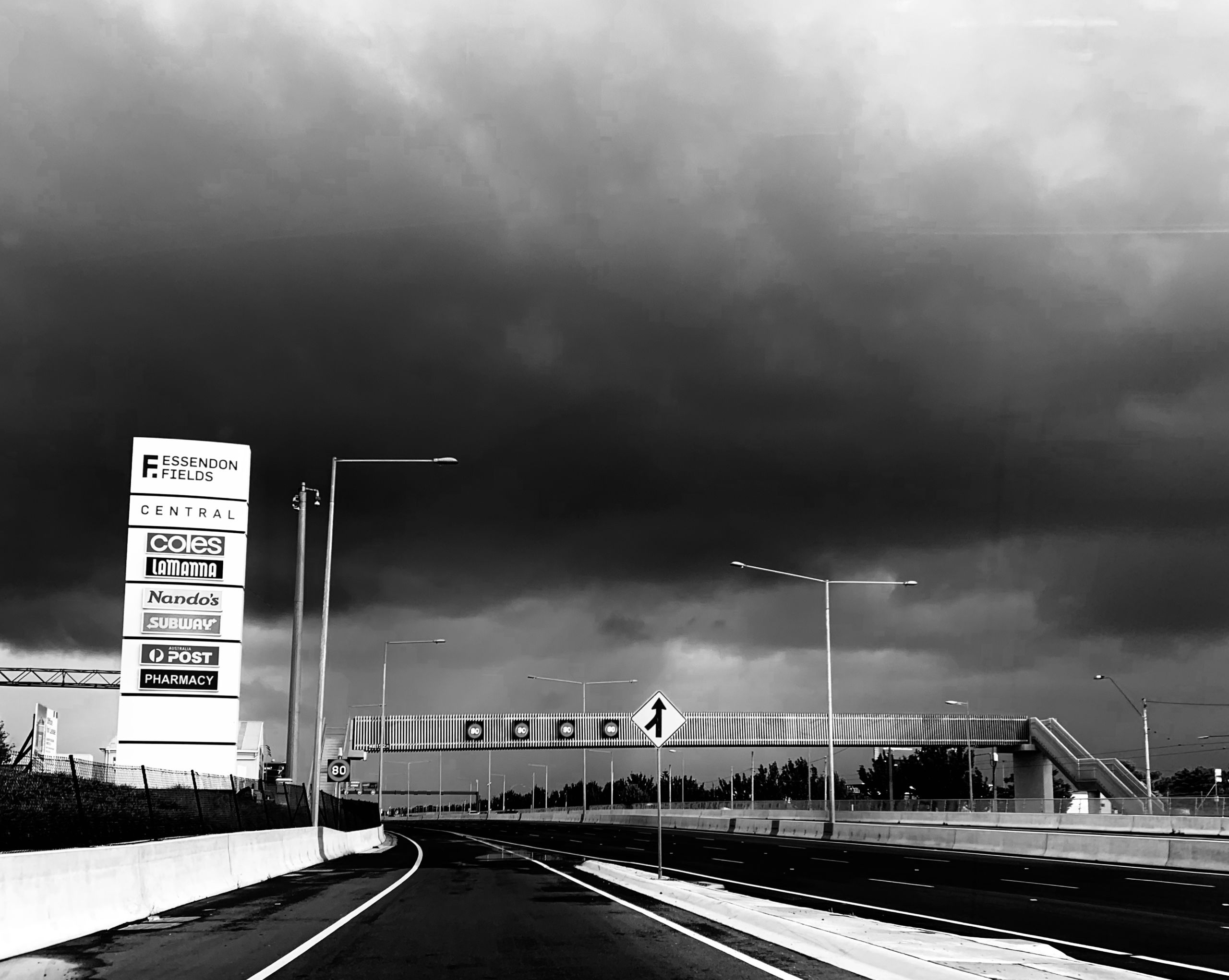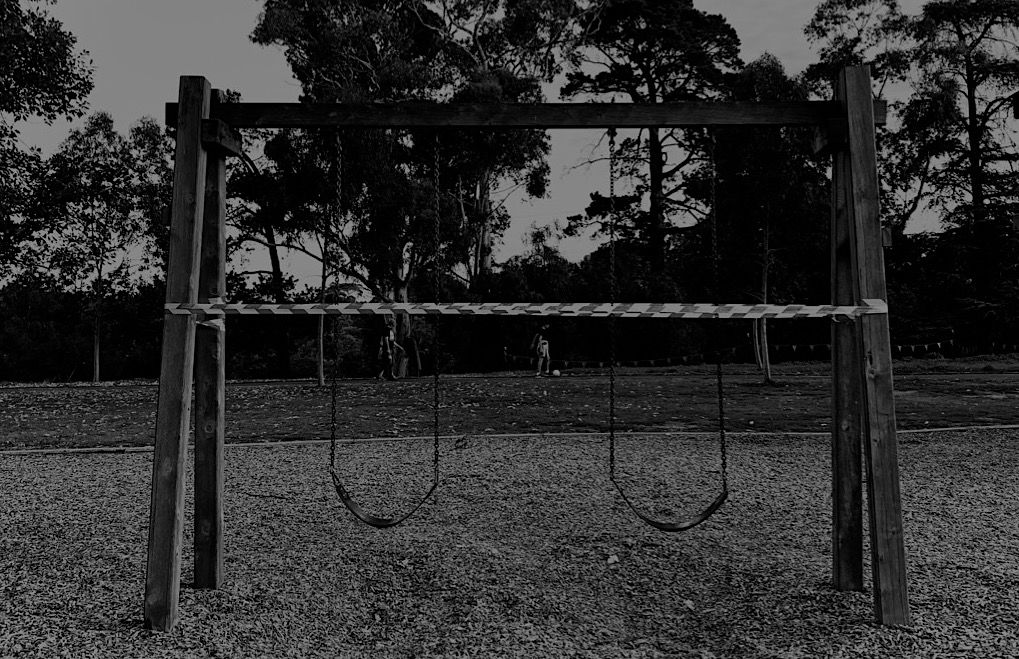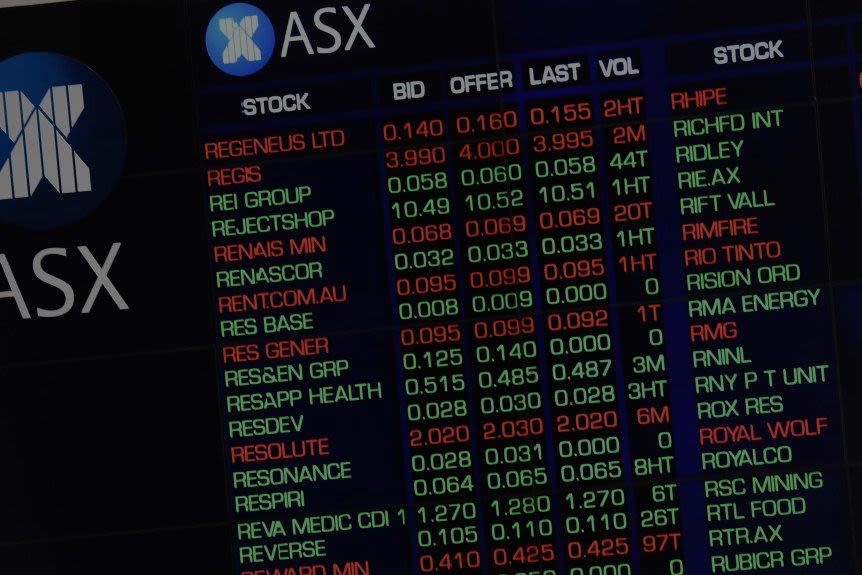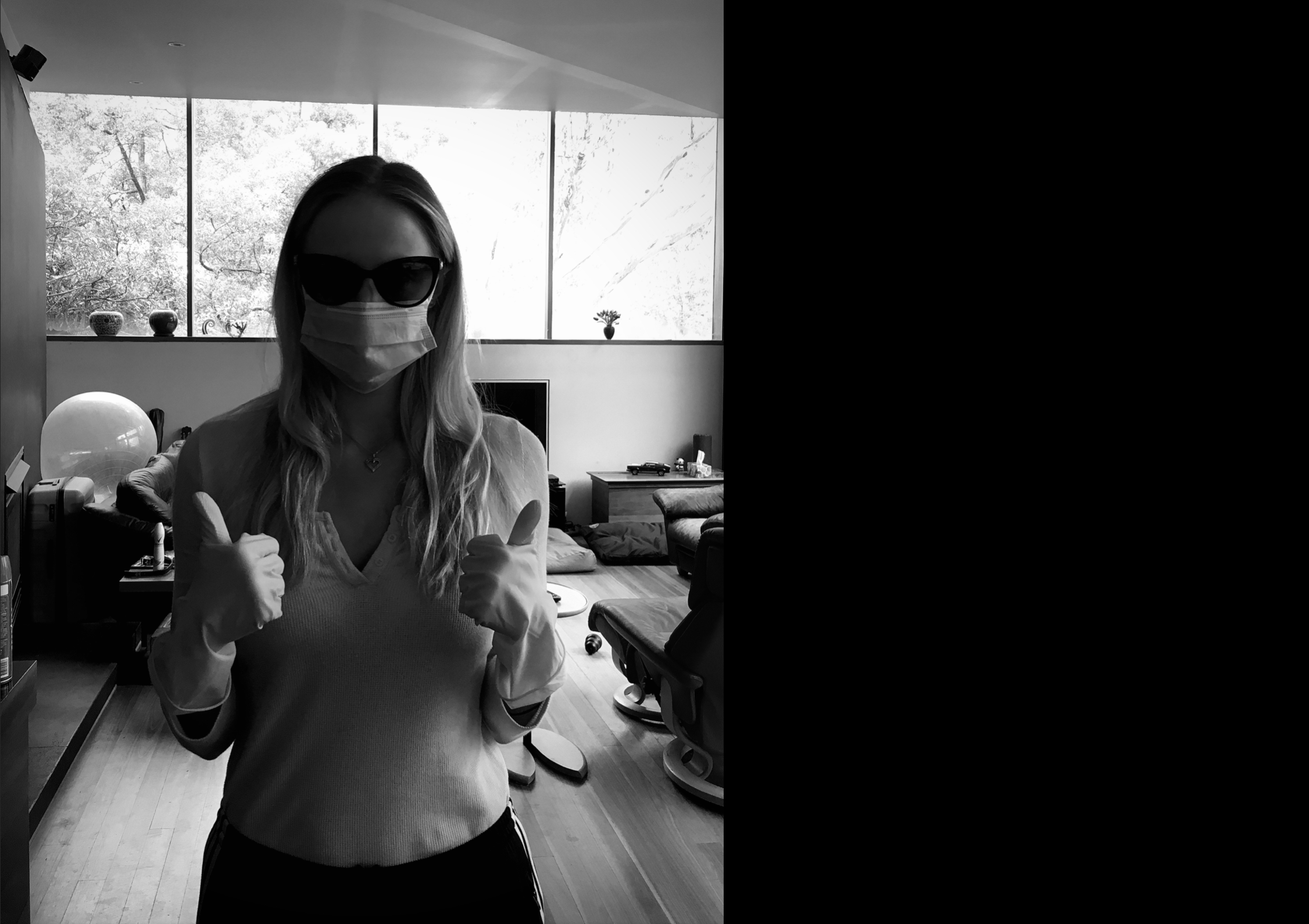A Data Visualisation of Life in Isolation
How the Coronavirus impacted Australia

The COVID19 Pandemic has taken an enormous human toll around the world. Forced lockdown is something few individuals have experienced before.
Hopefully we will never experience it again.
Trying to make sense of the daily updates and press conferences while in isolation can be overwhelming.
This article aims to show the impact the virus has had on Australia so far, painting the effects of isolation as a picture through the use of data visualisation.

The Impact on Mental Health

The COVID19 pandemic significantly increased personal and household stressors in Australia.
The Australian Bureau of Statistics (ABS) defines personal stressors as ‘events or conditions that occur in a person's life that may adversely impact on the individual's or their family's health or wellbeing.'
The ABS undertook a "Household Impacts of COVID-19 Survey" focussing on Australian's lifestyles and behaviours during early-April to early-May 2020.
Information sought included whether people had problems maintaining a healthy lifestyle, managing health concerns, or mental health or chronic conditions. Also, whether they experienced relationship difficulties, or were suffering loneliness.
One in five Australians (19%) experienced problems maintaining a healthy lifestyle due to COVID-19. (ABS)
One in ten Australians (10%) experienced problems managing current health concerns, mental health or chronic conditions
The most commonly experienced personal stressor due to COVID-19 was loneliness. Women were almost twice as likely to have felt lonely (28%) ...
... as men (16%).
And one in fourteen Australians (7%) experienced relationship difficulties.
The Economic
Impact

The pandemic is also creating economic chaos and uncertainty. Australia suffered its single largest monthly drop in people holding a job in April 2020, with a record 594,000 fall in the number of workers. ABS figures showed the unemployment rate spiked a full percentage point to 6.2 per cent between March and April.
Australia is also on track for a recession as of June 2020, following the first quarter of negative growth in 9 years.
In order to address the mass unemployment caused by the pandemic, the Federal Government introduced payment schemes - JobSeeker and JobKeeper - to help Australians stay afloat.
While millions of Australians rely on these schemes for income support, an analysis of Google Trends data shows an increased interest in investments.
CNBC reported in early May that 'young investors were piling into stocks' having seen a 'generational-buying moment ... the Coronavirus market downturn spurring young people - in some cases, for the first time in their lives - to get started with investing.”
However a more sobering contributor to the increased searches was likely widespread concern amongst older Australians over potential superannuation losses during the Coronavirus market crash, with the peak in searches coinciding with the low point of the market around March 23rd 2020.
As the above graph shows, the last time Australia was even close to being as interested in the stock market was around October of 2008 - amidst the Global Financial Crisis.
Learning to Cook

Anecdotally, there has been an increase in the number of Australians learning to cook during lockdown - snaps of banana bread and homemade pasta have festooned social media throughout the pandemic.
According to the ABS "29 per cent reported less frequent consumption of takeaway or delivered meals, while 38 per cent spent more time cooking or baking.”
How newly acquired cooking skills may impact the hospitality sector
While cafes will likely see a quick initial recovery following the easing of restrictions - due to Australia's ingrained cafe culture - trends emerging from the lockdown may have longer term effects on the hospitality sector.
For example, increases in 'how to make coffee' and 'coffee machine' related searches on Google could indicate more Australians have learnt to make their own during lockdown.


Longterm, investing in a coffee machine saves significant cash, and in the current economic climate, people will be looking to make lifestyle changes in order to reduce their expenditure.
Considering the average price for a cup of coffee in Australia is between $4 - $5, we may see significantly less foot traffic to cafes from people who would otherwise be grabbing their fourth store-bought coffee for the day.
Australians have been highly aware of their spending during lockdown, with the highest unemployment rates in a number of years slamming the workforce. Will customers still pay $27 for Smashed Avocado, when they've learnt to smash their own for a quarter the price during lockdown?
Fitness from Home

Without access to gym equipment, classes or personal trainers, Australians were forced to get creative in their approach to fitness.
Google Trends indicate many took to investing in home gyms.
'Weights'
(Aus. Monthly search interest,
2004-Present)
'Dumbbell'
(Aus. Monthly Search Interest,
2004-Present)
'Squat'
(Aus. Monthly Search Interest,
2004-Present)
'Treadmill'
(Aus. Monthly Search Interest,
2004-Present)
'Exercise Bike'
(Aus. Monthly Search Interest,
2004 - Present)
With a significant number of people learning to exercise from home, there may also be long-term implications for the fitness industry. A 170% increase in fitness equipment sales during lockdown may lead to gym memberships being deemed an unnecessary expense by those who set up home gyms during lockdown.
We may also see a post-Covid continuation of online personal training services as a cheaper alternative to gym memberships and one on one lessons.
This is merely a snapshot of some of the effects of Covid 19 on Australian life. Many, many more impacts are being felt across the country, in homes, schools and workplaces.
At time of publication (early June 2020), there does appear to be some light at the end of the tunnel, with lockdown, travel and other restrictions gradually easing around the country.
It is clear, though, that the fallout from Covid 19 will be with us in Australia - and the rest of the world - for years to come. Our fight against the 'invisible enemy' is far from over...

